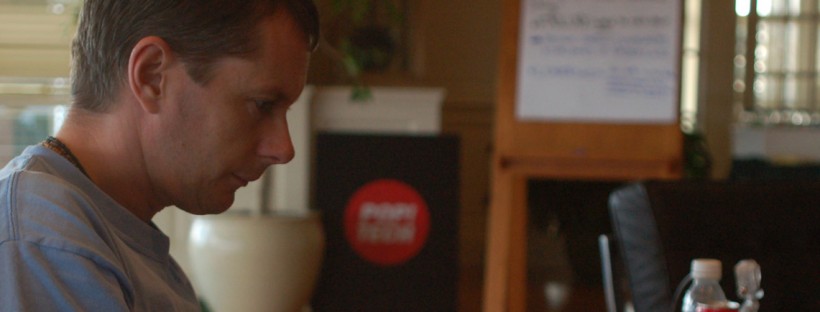In many sectors of international development it’s hard to imagine how you’d have much impact if you weren’t out in the field. After all, teachers want to be in-class. Doctors want to be in-clinic. And conservationists want to be in-situ. There’s only so much any of them can do when they’re not. Getting ‘stuck in’ is largely what it’s all about.
So why are so many ICT4D professionals happy to work remotely? And why does much of the ICT4D sector not find that odd?
In an article due to be published this week on BBC Future, I write about how technology has ‘democratised development’ and that there are “likely more people working on solving social and environmental problems in the world today than ever before in human history”. The spread of mobile technology and the Internet has made all of this possible. These are exciting times, make no mistake.
But just because these tech-based opportunities have literally come to us in the comfort of our own homes, we mustn’t kid ourselves into believing that we don’t need to make any effort to lay the groundwork to our apps and ideas by getting out and spending time in the field. Just because the very technologies we use, by their very nature, allow us to work at-a-distance – remotely – that doesn’t mean we have to. If that doctor, or teacher, or conservationist could do their work without stepping into that Malawian clinic, or Lusaka classroom or Namibian national park, would they? I doubt it.
Last night I caught sight of a tweet from Tony Roberts. Although it sounds like something an anthropologist (or philosopher) might say, it perfectly describes an approach the ICT4D sector might like to adopt.
The beauty of the Internet, and the spread of mobile technology, is that anyone anywhere can quickly develop and distribute a mobile-based solution to a social or environmental problem, and start picking up users immediately. The technology is in place, and the distribution channel is there. All that’s needed are good, solid ideas and a drive and passion to fix a problem somewhere – and, let’s face it, there are plenty of those. All-in-all, the barriers to entry are lower than they’ve ever been.
But they’re so low we end up with a different problem.
For the doctor, teacher or conservationist, understanding the context of their patient, student or endangered species is critical for the work they do if they’re to do it well. With few exceptions, they can only get that by spending time in the field. This isn’t perceived to be the case for a programmer or coder. The result? A majority of apps written in isolation which have little chance of success.
Maybe that doesn’t matter. With the barriers to entry so low the cost of building and distributing these apps is minimal. The fact that so many people are taking an interest in fixing things should be encouraging enough. But there’s no doubt that spending time with your users, understanding their context, discussing what they need and then building a tool based on all of those things gives you the greatest chance of success.
Further reading
Social mobile: Myths and misconceptions
Mobile applications development: Observations
Rethinking Schumacher.



